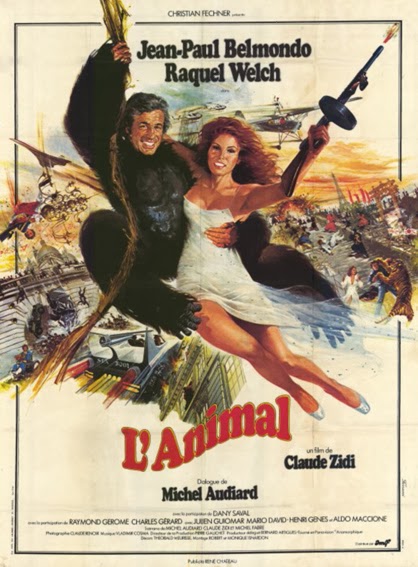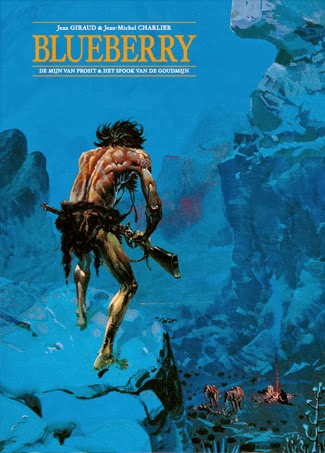The heroic gunfighters out of time
The Magnificent Seven was an American version of the Japanese "Seven Samurai".
One of the most thrilling movie epics of all time, Seven Samurai (Shichinin no samurai)is a story that takes place in a 16th century village whose desperate people hire the brave warriors to protect them from the bandits who terrorise them. Directed by famous Akira Kurosawa and featuring acclaimed actors Toshiro Mifune and Takashi Shimura offers three hours of action and life philosophy.
As one might have expected, half shorter American version offers much more attractive action, less philosophy and an unforgettable Elmer Bernstein's musical score.
One of the best "American generic westerns" was beyond any doubt "The Magnificent Seven".
I call such westerns "generic", because one cannot deduct from the way the characters in the movie are dressed an armed in which specific time period the action takes place. By the way, Jul Brynner appeared in the similar outfit in another movie "West World" as a gunslinger robot.
Brynner's main trumps were his always assertive pose, his piercing eyes and deep persuasive voice.
Armed with the guns from the" future past"
By the end of the 19th century the Wild West era was over. It's free style revival was to begin a decade or two later, in a new form of entertainment: the movies.
The Battle of the Alamo, Indian wars, driving cattle, Civil war, stage coach hold ups, bank robberies and the gunfight at OK Corral had to be recreated again on the silver screen. In the early days of the movies, there was idealised and a sort of romantic version of the Old West.
Film producers, directors and the rest of the film crews were oriented to casting the hot movie stars, mix up the story with the right amount of action, romance, justice and macho heroism. The formula that should have worked at the box offices. Why would a genius director bother with such trivialities as correct dress code, the different looks of members of different Indian tribes, the general change in fashion and the technical progress? The producers were especially sloppy regarding the use of the guns. They were usually more modern than they should have been considering the time frames of the film plots.
It's not uncommon to see a Winchester 73 being portrayed in a film that supposedly is set in the 1850's even earlier. Still, the westerns were immensely popular when I started going to the movie theatres by the end of the 50's. Westerns with big stars like John Wayne were always sold out and more often than we wanted we had to buy the tickets from the scalpers. They were numerous and territorial.

A Bounty Hunter (McQueen) from the 70's of the 19th century, wearing and using the gun from the future (the 90's of the 19th century)
Mare's leg from the TV series:
Steve McQueen, playing Bounty hunter Josh Randall in the TV series Wanted Dead or Alive, that takes place in the 70's of the 19th century, sported the Mares Leg Winchester M1892, which was a shortened version of the large loop lever.

From the late 40's to the late 60's guns were hanging ridiculously low. The lower the gunslinger wore his side piece the tougher he looked and supposedly, the faster he was. As kids we followed the stupid trend in our games.
In the Red River (1948), Montgomery Clift wore his revolver so ridiculously low he had to bent to his right side when reaching to get it out from the holster.
In time, I grew tired of so many American westerns looking alike, using the same fashion design, that in fact never existed in the 19th century, Indians looking as dressed up at the local Mardi gras costume shop. Even the stories became highly predictable, boring and without imagination. By the end of the 60's and beginning of the 70's American westerns started loosing audience in Europe. Much more lively, humorous and naturalistic Spaghetti westerns started taking over. Hollywood was not so quick to learn the lesson, ridiculing the competition, but than they finally figured out their shortcomings begun to started shooting ever better, and better westerns. The films like Sam Peckinpah's "The Wild Bunch" (1969) and a few year earlier Richard Brooks's "Professionals" (1966) were the turning point, I presume.
In the last 40 years some really neat westerns were produced, with a care for the historical detail, but still, the American westerns never came near their peak of popularity from 30' to 60's.
After a tremendous success in the Sergio Leone's movies Clint Eastwood marked the next three decades of excellent new American westerns. It is a pity he didn't film more westerns instead of a bunch of not particularly good action movies. The Outlaw Josey Wales is certainly one of the best westerns of all times. His Pale rider, High plains drifter are very good, too.














































